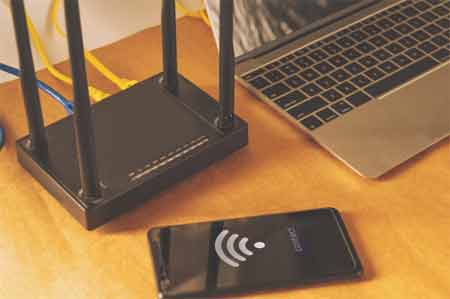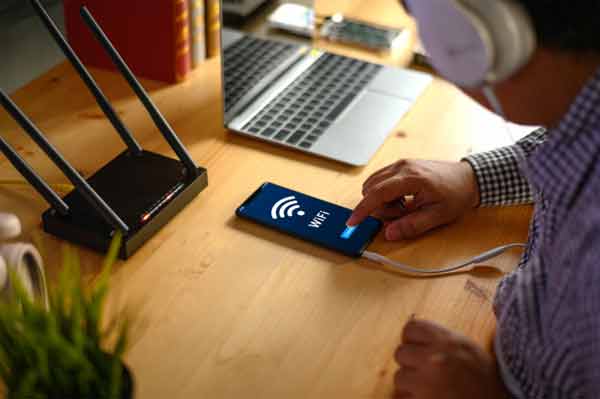Computers have the facility to make our lives much, much easier–and, ironically, at the same time much harder. Many people dabble with their home computers but aren’t intimately familiar with the inner workings; they know how to do what they need to do and that’s enough. And there are a number of people who, despite the lack of any credible evidence, consider themselves expert who, indeed, are not. Computers spawn know-nothing know-it-alls on par with cars or personal healthcare or how best to manage a professional sports team.
Our computers, when they work right, improve nearly all aspects of our lives. (If you’ve ever temporarily lost your computer–or just your internet access–you’ll know exactly what I’m talking about here.) We’ve become tethered to our computers to such a degree that without them we’re lost. We communicate via email, we do our banking online, pay our bills, do our shopping … in other words, computers have become indispensable in our lives.
Increasingly, more and more individuals have more than one computer in their homes. Whether it’s simply having both a desktop and laptop computer, or making sure that each family member and child has her own computer, multiple-computer households are becoming the norm rather than the exception. These multiple-computer households will be set up in such a way to share a common internet connection, as well as to share information with one another.
And certainly businesses, practically regardless of size, have any number of computers all linked into a common bank of shared drives and internet connections. Without the facility to set these computers up to share information and bandwidth, the efficiency of a business will be seriously curtailed. The ability to share information quickly and efficiently is the hallmark of any good business.
In both of these scenarios, either in your home or in your office, it’s basically the same technology that’s being utilized to network your computers together you can find out more. You plug all your computers into a common device, and this device directs, or routes, the information from computer A to computer B. This device turns several discrete computers into one vastly more powerful network. What is this device? It’s called (most sensibly) a router.
IP Routers Bring Your Networks Together

An IP Router, simply, links together multiple computers or networks together. For example, as a business grows, multiple computer networks may have sprung up that, later, will need to be linked together. IP stands for internet protocol, and your computer’s IP address is its name expressed numerically. An IP router will take the multiple IP addresses of the various computers hooked into and make sure the information is sent to the correct location. Think of a router like a switchboard operator and you’ve pretty much got the picture.
In addition to a simple computer-to-computer network, you can also network together a LAN (local area network) to another LAN, a LAN to a WAN (wide area network), a WAN to a WAN, etc. There’s no practical limit on what you can network together, or how many things you can network together. A network, again, allows you to share a common broadband internet connection, as well storage, or even files between individual machines.



